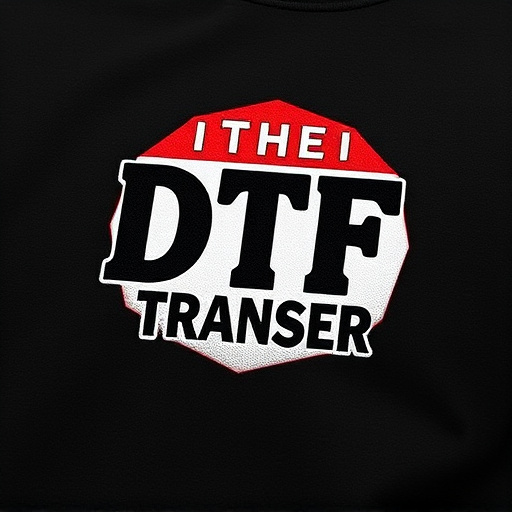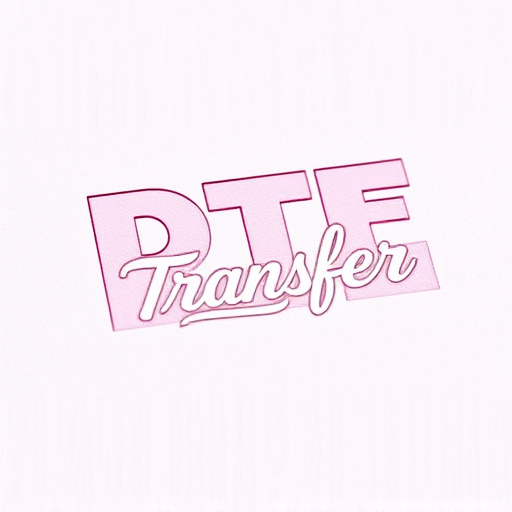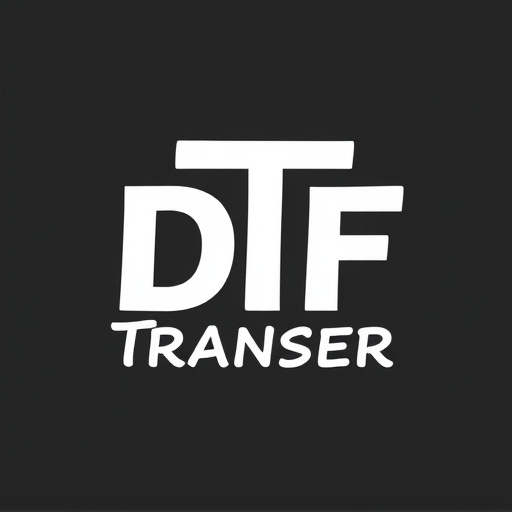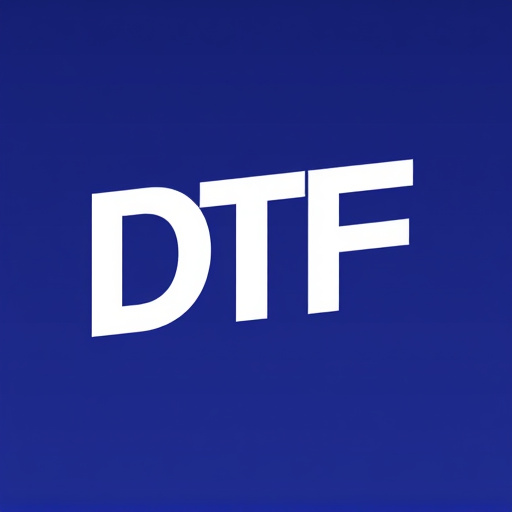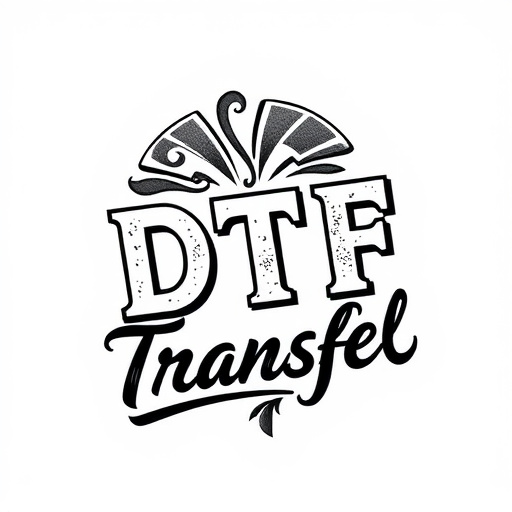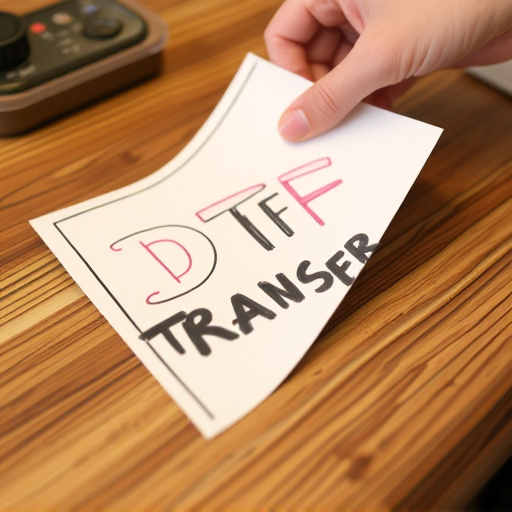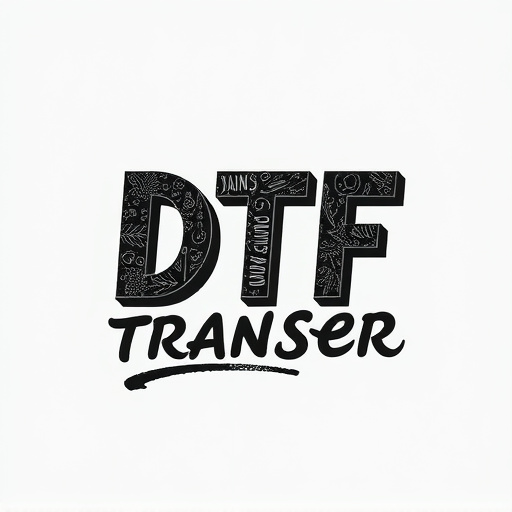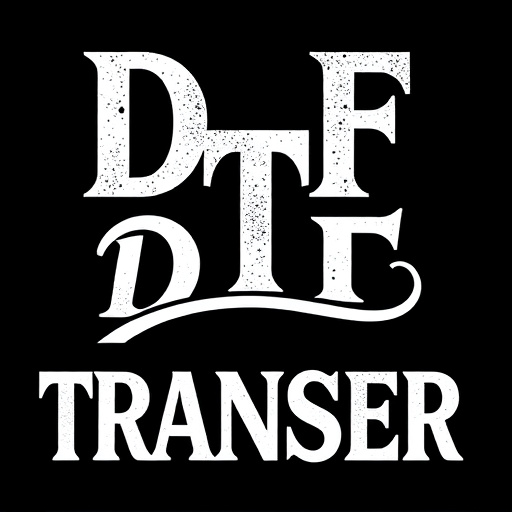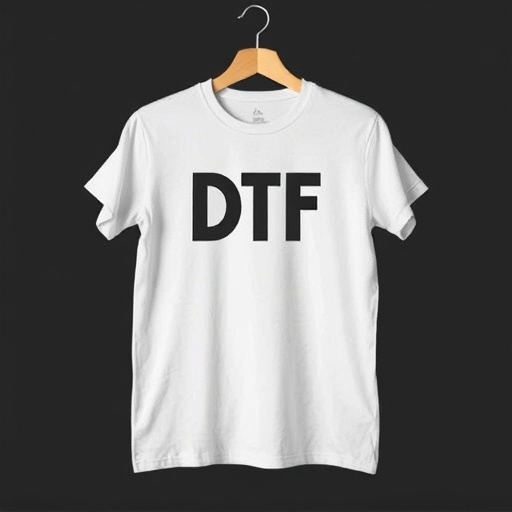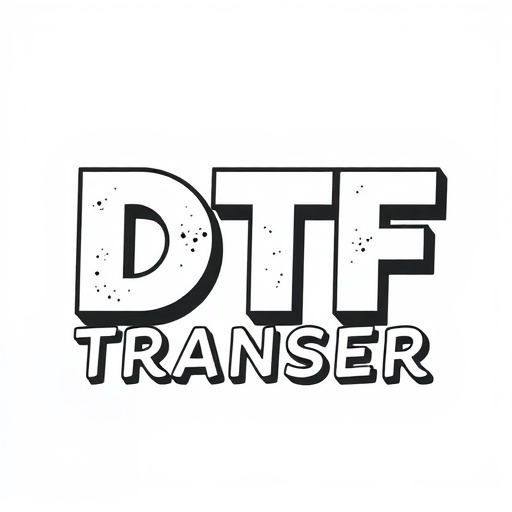Direct-to-Film (DTF) transfer technology offers a revolutionary approach to printing, enabling efficient multi-design printing on single films. By eliminating traditional plate making, DTF allows for intricate patterns and high-quality images with swift accuracy. This method streamlines processes, saves time, minimizes errors, and reduces material waste, particularly in custom apparel, signage, and promotional products. Strategic planning, proper film selection, and meticulous technical considerations ensure seamless results. Best practices include accurate scaling, precision using design software, tailored print settings, test prints, and clean equipment to achieve high-quality, consistent outcomes.
“Revolutionize your printing game with the power of DTF Transfer—a game-changer in efficient, multi-design printing. This innovative technique allows designers to arrange multiple unique patterns on a single film, streamlining the process for creating vibrant, custom prints. From understanding the fundamentals of DTF Transfer to mastering technical aspects, this article guides you through every step. Discover the advantages, learn optimal arrangement strategies, and explore best practices for achieving flawless results with multi-design DTF Transfer printing.”
- Understanding DTF Transfer: A Brief Overview
- Advantages of Using Multiple Designs on a Single Film
- How to Effectively Arrange Designs for Printing
- Choosing the Right Film Type and Sizing
- Technical Considerations for Seamless Integration
- Best Practices and Tips for Efficient Printing
Understanding DTF Transfer: A Brief Overview
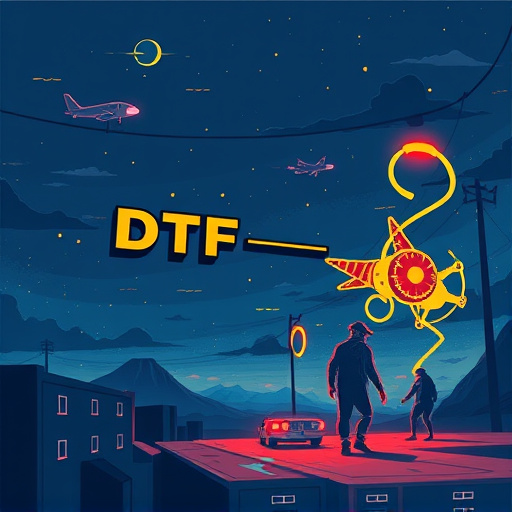
The Direct-to-Film (DTF) transfer method is a game-changer in the printing industry, especially for efficient multi-design printing on single films. This innovative process involves transferring ink directly from a digital image onto a film or substrate, eliminating the need for traditional plate making. With DTF, designers and printers can achieve intricate patterns and high-quality images with remarkable speed and precision.
DTF Transfer offers numerous advantages, particularly when multiple designs are required on a single print run. It allows for easy customization and last-minute design changes without incurring additional costs or delays associated with conventional plate-based printing. This technology is especially beneficial for custom apparel, signage, and promotional products, where diverse and unique designs are often requested.
Advantages of Using Multiple Designs on a Single Film
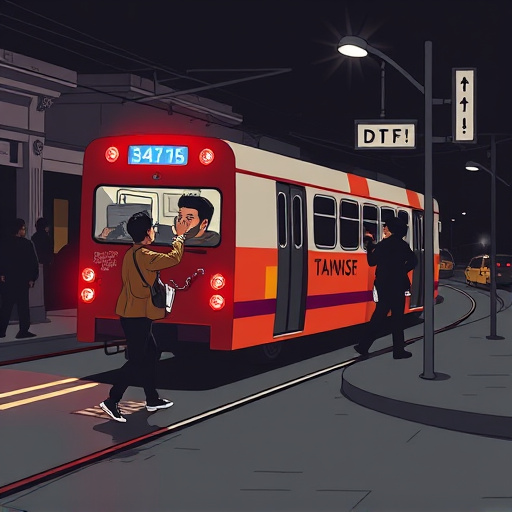
Using multiple designs on a single film, particularly with Direct-to-Film (DTF) transfer techniques, offers several significant advantages for efficient printing. Firstly, it allows for streamlined production processes by reducing the need for changing films between prints, which saves time and minimizes potential errors or contamination from previous runs. This efficiency is especially beneficial in high-volume printing operations where quick turnaround times are crucial.
Additionally, multiple designs on a single film enhance versatility and cost-effectiveness. Printers can offer a broader range of options to their clients by pre-loading various designs onto one film, eliminating the need for customers to make separate orders for each unique artwork. This approach also reduces material waste since the entire film is used, contrasting with traditional methods that may leave significant portions untouched after a single print job.
How to Effectively Arrange Designs for Printing

When arranging multiple designs on a single film for efficient printing, especially using DTF (Direct to Film) transfers, consider a strategic layout that optimizes space and production time. Start by assessing the size and complexity of each design. Complex or detailed motifs may require more space to ensure clarity during printing. Leave adequate margins around each design to prevent cutting errors and allow for registration adjustments during the printing process.
Group similar designs or those with complementary colors together to streamline the printing workflow. Ensure that the alignment of each design is precise, as misalignment can lead to imperfect prints. Utilize design software tools to mock up the final arrangement, allowing you to visualize the printed outcome and make any necessary adjustments before committing to the film. This meticulous planning will result in high-quality, consistent prints across all designs.
Choosing the Right Film Type and Sizing

When preparing designs for efficient printing on a single film, selecting the appropriate film type and size is a critical step. The choice depends on various factors, including the number of designs, their complexity, and the desired print quality. For instance, DTF (Direct to Film) transfers often use transparent films that are compatible with most printers, offering high-resolution results for intricate patterns or multiple small designs.
Sizing is equally important. Larger films can accommodate more designs in a single run, increasing efficiency for printing multiple items together. However, it’s crucial to consider the maximum print area of your printer and ensure the film size aligns with the dimensions needed for all designs. Proper sizing ensures that each element receives adequate space without overlap or waste, optimizing the entire printing process.
Technical Considerations for Seamless Integration
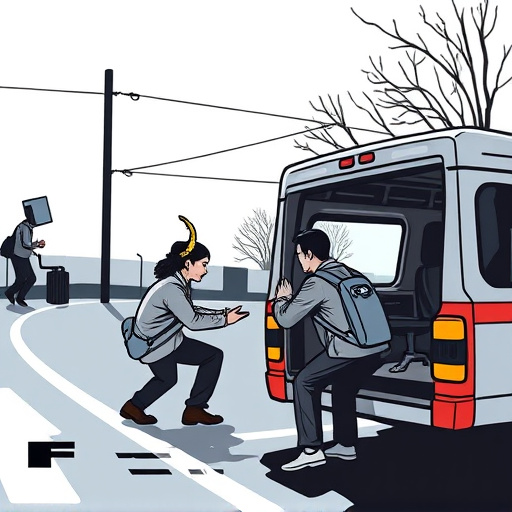
When integrating multiple designs onto a single film for efficient printing, technical considerations are paramount to ensure seamless results. The first step involves carefully aligning the design elements, accounting for variations in ink density and drying times. This precision ensures that each design component registers perfectly, creating a cohesive final product.
A key technique in this process is the DTF (Direct to Film) transfer method, which allows for high-quality printing directly onto the film surface. By optimizing parameters like print resolution, color profiles, and ink selection, technicians can achieve vibrant colors and crisp details across all integrated designs. Additionally, understanding the characteristics of the film itself—its thickness, durability, and adhesive properties—is crucial for successful long-term integration without visible seams or delamination.
Best Practices and Tips for Efficient Printing

When employing multiple designs on a single film for efficient printing, several best practices and tips can help optimize the process. First, ensure that each design is properly isolated and scaled to fit within the desired layout. Overlapping or overlapping designs can cause printing issues and waste materials. Using design software with advanced slicing capabilities can automate this process, ensuring precision and minimal wastage.
Additionally, consider the material being printed. Different fabrics require specific print settings, so adjust your DTF Transfer (Direct-to-Film) technique accordingly. Test prints on scrap material to calibrate exposure times and pressure, leading to higher-quality results. Regularly cleaning printing plates and maintaining equipment also prevents buildup and ensures consistent output.



